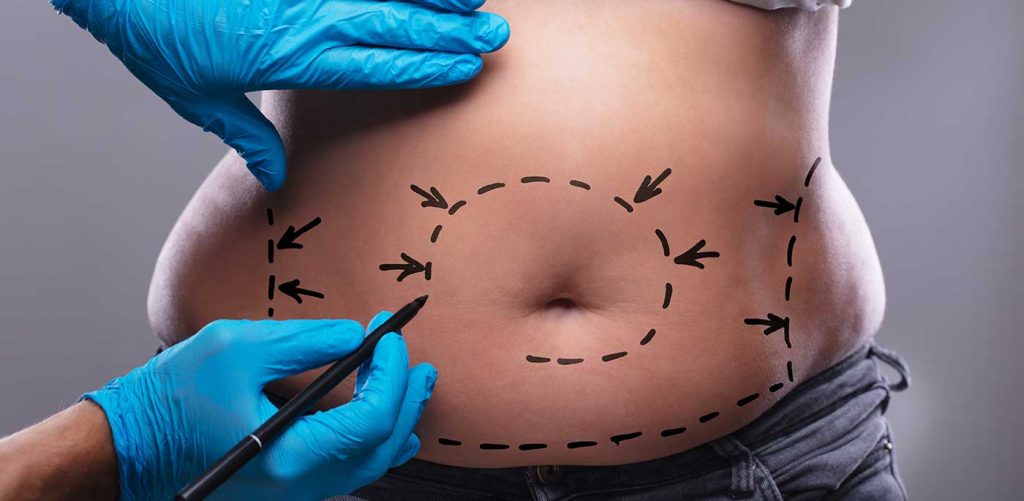Before making your decision to undergo liposuction, you need to understand what to expect in terms of cost. Liposuction is a surgical procedure, and the liposuction cost depends on a number of factors. These factors include the practice where you’re going to receive the procedure, the surgeon’s fees, anesthesia costs, and operating room fees. Some surgeons provide patients with an itemized list of what to expect before their surgery. This list should include the surgical fee, the anesthesiologist’s fee, any postoperative elastic compression garments, and antibiotics and other recommended drugs.
Table of Contents
Choosing a Surgeon
When choosing a surgeon for liposuction, it’s important to pay attention to several factors, including experience, patient testimonials, and ethical standards. The best surgeons have a strong reputation and are likely to have the best outcomes, but not all cosmetic surgeons are equally adept at liposuction. Similarly, the best breast and face lift surgeons may not have the necessary experience to perform the surgery. Getting referrals from former patients of each surgeon is a good way to get a better idea of their level of competence.
A surgeon who is board certified is likely to be the safest choice for liposuction. Board-certified plastic surgeons are typically trained in the technique and can perform it on outpatient patients. A surgeon who practices minimally invasive liposuction is likely to have a better safety record. In addition, a board-certified surgeon will limit the number of liposuction procedures performed in a single day. Patients should also find a surgeon who schedules their procedures at least one month apart to ensure the safety of the procedure.
Choosing a Practice
When comparing practices, check for a few key factors. First, ask if the surgeon offers before-and-after photos. The surgeon should be happy to show you real photos of his or her previous patients. If not, try to request some. Sometimes the surgeon has never performed liposuction before, so it might take some time before they have good before-and-after pictures. That said, it is never a good idea to exclude a surgeon just because they don’t have photos.
Variables that Affect Cost

The cost of liposuction depends on a number of variables. These factors include the type of procedure, the experience of the surgeon, and the cost of preoperative laboratory tests. It also depends on how many areas of the body need to be treated. For example, the cost of liposuction on the stomach will depend on the patient’s size, and the difficulty level of the procedure.
The location of the facility also affects the cost of the procedure. A procedure performed in a hospital is significantly more expensive than one performed in an office-based surgical unit. The type of anesthesia used can affect the cost as well. Surgical facilities that use local anesthesia usually have lower costs than those that use general anesthesia. Also, larger patients may need higher doses of medication. The length of the procedure can also increase the cost. Additional medications may be required, especially if the patient is prone to complications.
Surgical Technique
The surgeon must first determine the extent of adipose tissue that will be removed. This is accomplished by drawing preoperative markings on the skin. These are usually made with the patient standing upright and in an anatomic position. Preoperative topographic markings are important because they help the surgeon track the relative depth of the fat compartment. These markings should be as accurate as possible so that the surgeon can compensate for any irregularities in the patient’s body.
To perform liposuction on the medial knee, the surgeon must first determine the precise areas of concern. This will help the surgeon show the extent of the procedure and avoid any misunderstandings. A drawing on the skin is also helpful in ensuring the correct communication between the patient and the surgeon. For example, most of the fat in the medial knee is located in an oval-shaped area overlying the medial condyle. It is helpful to draw two or three concentric ovals to identify this area.
